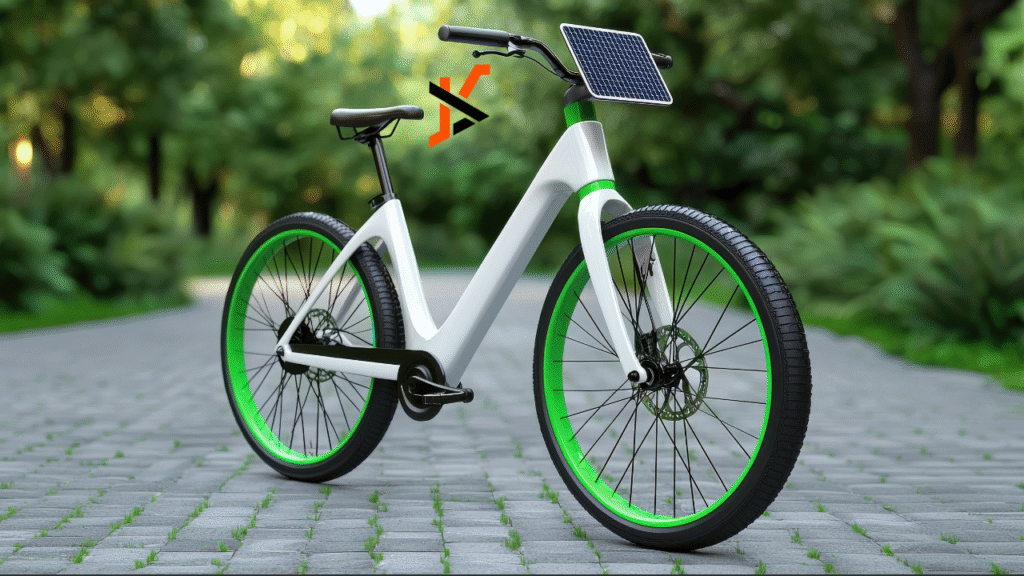When you’re on the hunt for the ideal e-bike, the material of the frame makes a difference – it heavily influences how heavy the bike is, how it handles, and what your overall riding experience feels like. Among all the options, carbon fiber and aluminum are usually the top picks for people who want a good balance of strength and efficiency. Each has advantages, depending on your riding, preferred terrain, and budget. But things get especially intriguing when you zero in on the goal of creating a truly Lightweight Ebike.
Weight and Ride Quality
Known for its exceptional lightness, carbon fiber is a top choice among riders who value high performance and speed. Its special design lets it be shaped into sleek, aerodynamic forms while still incredibly strong. Because of this, e-bikes with carbon frames tend to be lighter than those made from aluminum, and they also give you a smooth ride that absorbs bumps. This makes them perfect for long trips or tackling bumpy paths.
Aluminum, though still quite light, does weigh more than carbon. However, manufacturers have come a long way in making aluminum frames lighter by creating thinner, hydroformed walls, all while keeping the frame stiff. You might feel the ride is a bit firmer, but aluminum still gives you excellent power transfer and control—this is especially true when combined with good suspension or wider tires.
Durability and Longevity
Durability is another area where these materials have different advantages. Aluminum is quite forgiving for regular, everyday use. It stands up well to the weather, doesn’t rust easily, and can handle small bumps and impacts without trouble. Aluminum offers a great mix of performance and toughness for people who ride casually, or use their e-bikes for running errands, commuting, or just for fun.
Carbon fiber is tough when it’s under tension and can easily handle heavy loads, but it’s a bit more delicate regarding sharp impacts or crashes. You might not always see the damage immediately, but cracks or stress fractures in carbon can weaken the frame’s structure. Even so, top-of-the-line carbon e-bikes are often built with extra reinforcement in critical spots and designed to last through everyday riding. But it’s still really important to care for them and keep up with regular checks.
Cost and Maintenance
If you’re trying to watch your wallet, aluminum is the more budget-friendly pick. E-bikes with aluminum frames usually have a much lower price tag while giving you a solid ride. This makes them a fantastic choice for beginners or anyone wanting to try out the perks of a lightweight bike without spending a fortune. Plus, aluminum frames generally need less upkeep and are simpler to fix or replace when needed.
Carbon frames might cost more upfront, but many serious cyclists view them as a worthwhile investment for the long haul. While you pay for the lightweight build and clean look, many riders find the improved ride quality and performance well worth the price tag. However, if those frames need fixing, they can get pretty expensive, and sometimes you’ll have to replace the whole thing. So, when choosing between materials, it’s smart for owners to think about those potential long-term upkeep costs.

